Government Seizes Control of Rancher’s Land for Endangered Bug Habitat

Stellar service as a decorated combat veteran with the 101st Airborne in Vietnam meant nothing when the government wanted control of John Yearwood’s farm.
In the name of a tiny arachnid less than a tenth of an inch long, federal officials declared three locations on Yearwood’s Texas ranchland as critical habitat under the Endangered Species Act. “They took away my property’s value with the stroke of a pen for a creature that’s not even endangered,” he says.
Intent on regaining full rights to acreage owned by his family for over a century, Yearwood took his case up the legal chain, but eventually was denied a hearing by the U.S. Supreme Court. “This was never about a bug,” he says. “This was always about government control.”
Bottom line, if Yearwood squashes a bug in Texas, is he interfering with federal power?
Absolutely, insist agency bureaucrats. “Hell no,” responds Yearwood. “There is no shame in Washington.”
The Crack
Since 1871, John Yearwood’s family has owned 865 acres of rocky land in central Texas’ Williamson County. A small portion is tillable, but the vast majority of the slightly rolling, shallow ground is conducive to cattle, rather than row crops. In 1971, the Texas Department of Agriculture deemed Yearwood’s operation as a "Family Land Heritage Property,” a designation given to ag properties kept in the same family for at least 100 years.
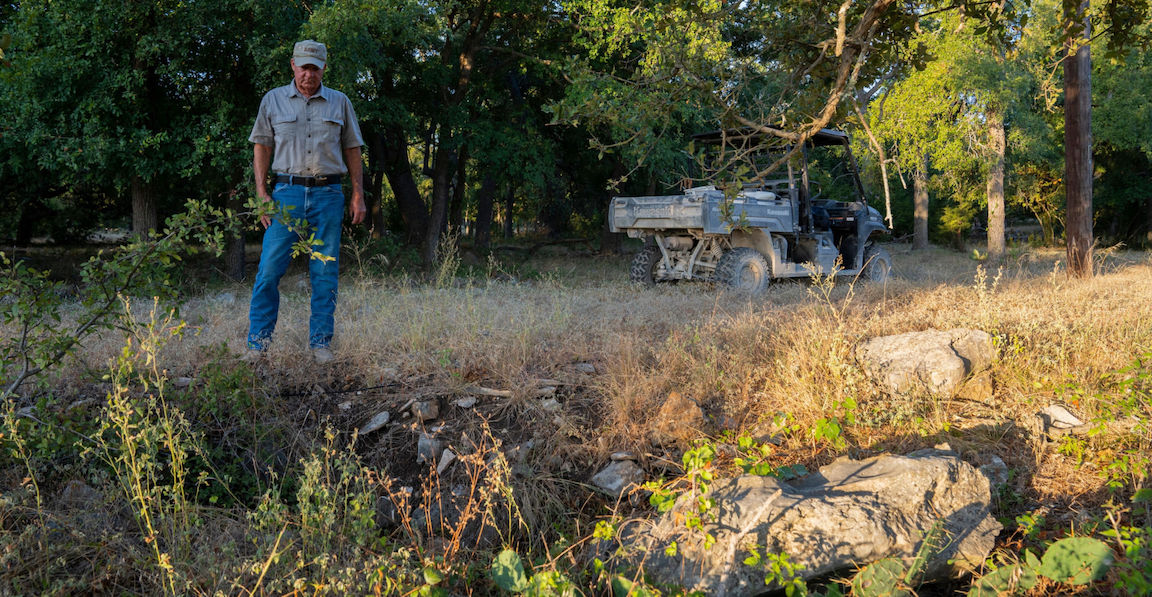
In the early 1990s, the Texas Department of Transportation expanded a road parallel to Yearwood’s ranch and asked for permission to survey his land.
“They were coming on with eminent domain no matter what I said. I let them on and everything went off the rails. They had experts and PhDs with their clipboards for geological and biological studies, and they had people with government contracts looking for protected species. In other words, I had a bunch of people on my land motivated by far more incentives than highway construction.”
Enter for a survey; stay for the Endangered Species Act.
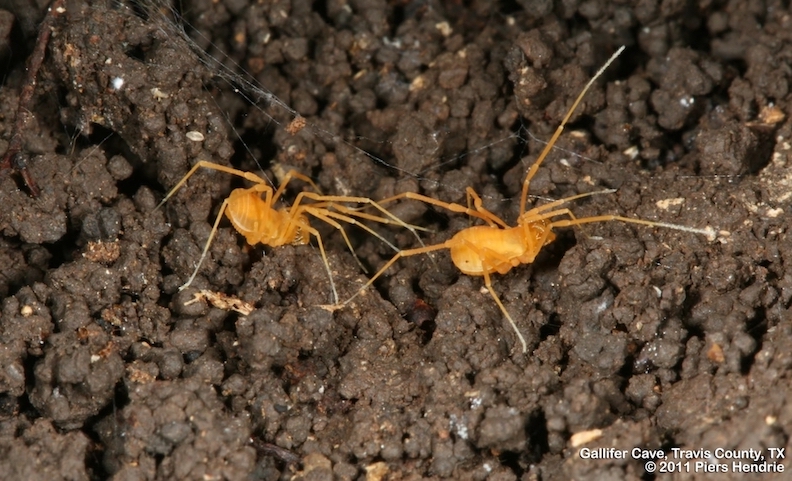
The government studies, purportedly performed as a function of highway expansion, revealed three small cracks on Yearwood’s property, i.e., cave fissures in the limestone ground. Within the caves, Yearwood was told, lived bone cave harvestman—pale orange, eyeless arachnids less than an inch in length, found exclusively in Texas.
Based on the Endangered Species Act, Yearwood’s land was tagged as critical habit for the bone cave harvestman. In a flash, his private land was under government control. According to federal bureaucrats, a permit to develop any ground within 35’ of the cave openings would cost Yearwood $400,000. Any activity within 345’ of a cave’s extension—the underground edge of the cave’s furthest point—would cost $10,000 per acre.
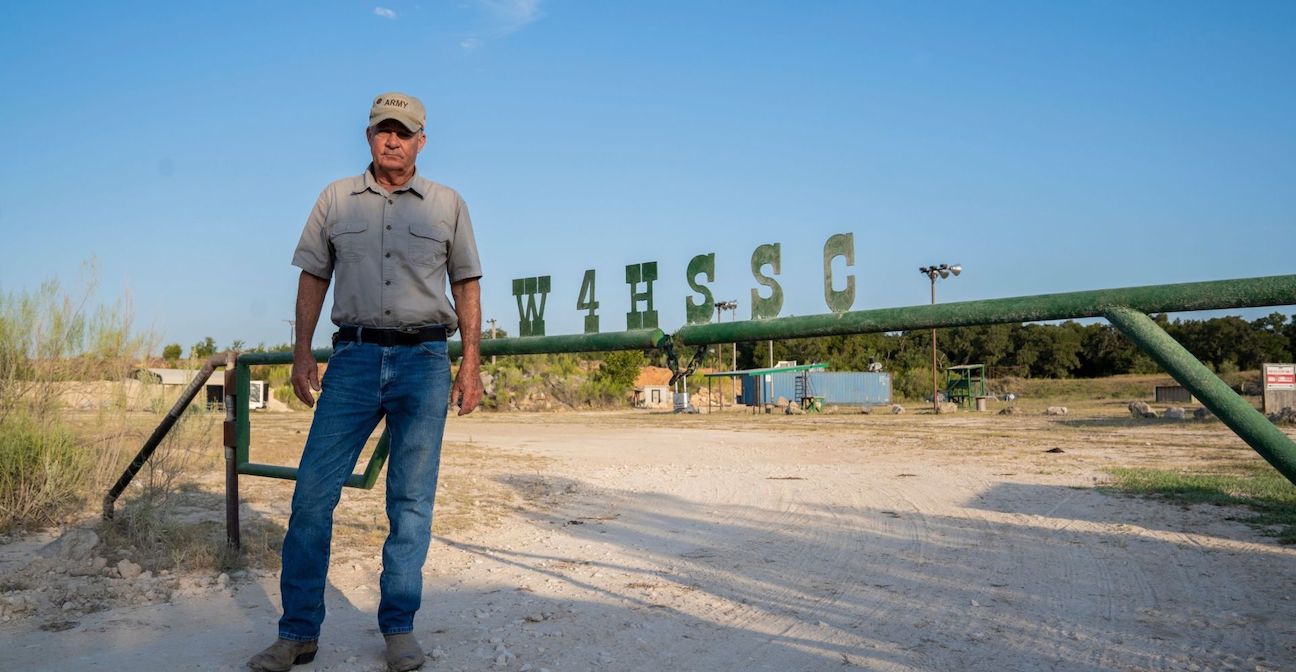
Further, Yearwood faced a federal crime charge of one year in prison and a $50,000 fine for a “take” of the bone cave harvestman. A take, as defined by the feds, is “harassing, harming, pursuing, hunting, shooting, wounding, killing, trapping, capturing, or collecting” members of the bone cave harvestman species “or attempting to engage in any such conduct.”
“They turned my land into a permanent government wildlife preserve and made me pay for it,” he says. “They grabbed 600’ of road frontage and devalued my property forever. They took away my development rights and told me I’d get in big trouble for hurting the bug or its habitat. And they did it all by pretending it’s in the Constitution.”
The Breach
In 2014, Yearwood filed suit, represented pro bono by Texas Public Policy Foundation (TPPF).
Chance Weldon, senior attorney and director of litigation for Center for the American Future at TPPF, contends the federal government is overstepping constitutional bounds. “The government has created a system beyond the Constitution where the cost of preserving species is on private individuals. There are real-life consequences for people’s homes and land, such as loss of property value.”

In the lawsuit, Yearwood’s claim was direct: The federal government had no power to regulate a species found exclusively in Texas.
When the ESA was passed in 1973, the sweeping authority behind the law derived from Congress’ power to regulate commerce (Commerce Clause), granted in Article I, Section 8 of the Constitution: The Congress shall have Power … To regulate Commerce with foreign Nations, and among the several States, and with the Indian Tribes.
Yet, what does a bone cave harvestman have to do with interstate commerce regulation? Further, did the framers of the Constitution give the federal government justification to control private land via the Commerce Clause in the case of a tiny arachnid found exclusively in Texas that is neither bought nor traded?
“The Founding Fathers never envisioned federal authority to regulate local land use in this way,” says Weldon.
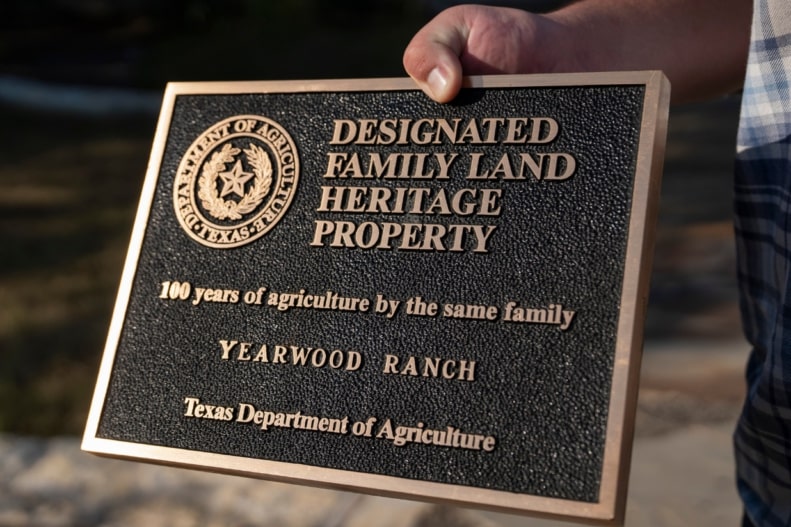
“The federal government claimed if Mr. Yearwood hurts an insect on his property, he interferes with interstate commerce,” Weldon continues. “That is a crazy theory of federal power. This arachnid only lives in Texas and never moves more than a couple feet from its home. There is no market in other states for this insect. This is a breach of fundamental private property rights and it’s unconstitutional.”
Yearwood calls the Commerce Clause “a weapon.”
“Don’t tell me our forefathers wrote the Commerce Clause because they wanted authority over bugs in a hole in Texas,” he says. “No sir. That interpretation is how the government leaves the law behind and crosses over into oppression.”
The Twist
Once into the court system, the merits of Yearwood’s case—the facts on his land—were lost beneath a layer cake of constitutional interpretation, culminating in SCOTUS’ decline to hear his claims.
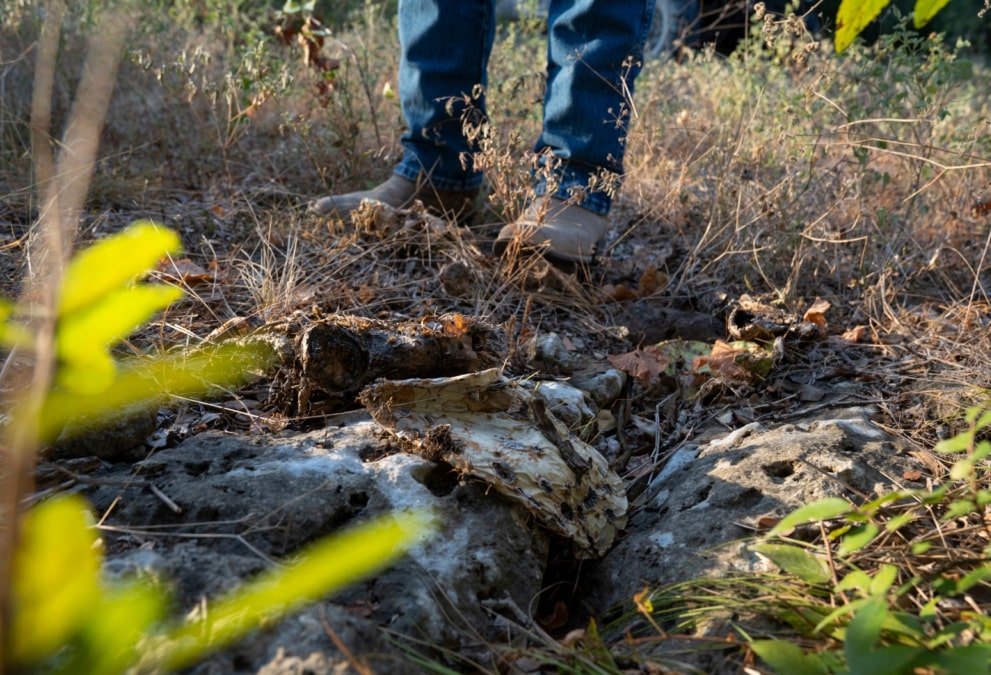
“I knew I’d lose, but that didn’t matter,” Yearwood explains. “I fought this case for everyone. There were plenty of other landowners in same boat with me, plenty before me, and there’ll be plenty more to follow.”
“Our Constitution is a brilliant document and we’re required to follow it. It’s not supposed to be optional,” Yearwood adds. “I have no agenda beyond freedom and private property rights.”
Insult to injury, in Yearwood’s eyes, the bone cave harvestman federal endangered status is questionable. “When they found the bug on my land, it was supposedly only on five spots in the entire state. As of now, they’ve found it on close to 200 locations and counting. Once they knew what to look for, they found it everywhere. It’s still listed as endangered, but I don’t believe it ever was.”
Far better than most, Yearwood understands the real-world implications of bureaucratic action. Currently, a separate portion of his land is undergoing gas line installation: “Atmos is putting a line through and they’ve got me by eminent domain. At least they pay, unlike the ESA, for a 50’ easement. However, I’ve now lost 95% of my road frontage to the Department of Interior by ESA or Atmos by eminent domain.”
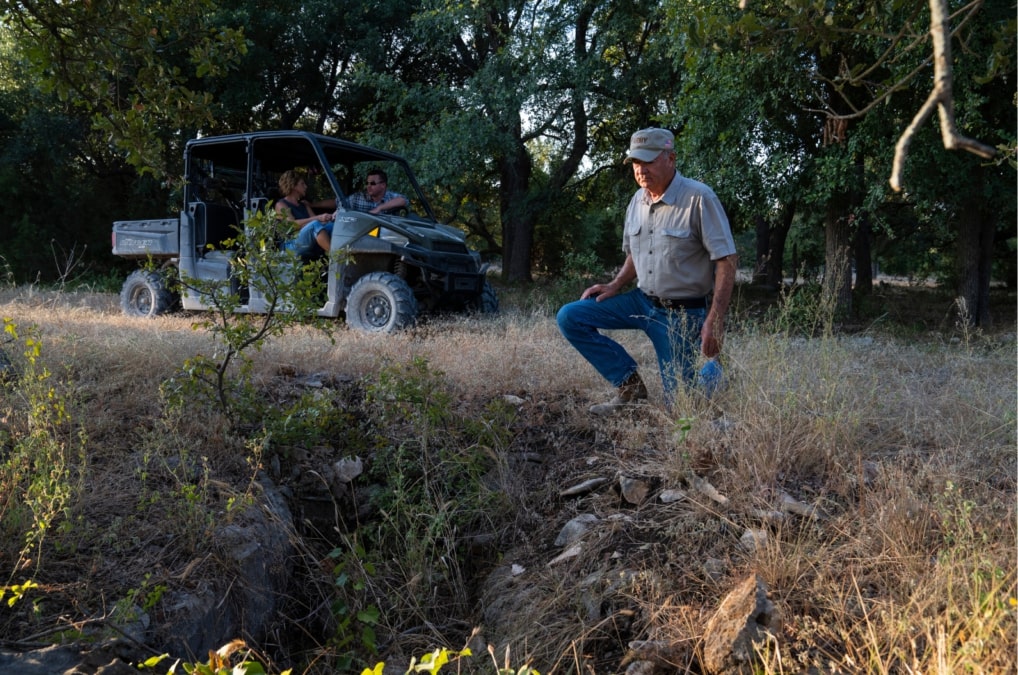
Undaunted, Yearwood says his case was rigged from the get-go. “At the end of the day and behind closed doors, even government bureaucrats know the Commerce Clause is a flimsy excuse to control private land. They also know if the Commerce Clause was interpreted properly, the wheels would come off so many of their regulatory laws.”
“The truth in land rights cases is irrelevant in court,” Yearwood adds, “and that’s exactly how government officials have twisted our Constitution. It’s way past time for landowners to speak up, demand accountability from our representatives, and recognize we’ve allowed the bureaucracy to become the fourth branch of government.”
For more from Chris Bennett (cbennett@farmjournal.com or 662-592-1106), see:
American Gothic: Farm Couple Nailed In Massive $9M Crop Insurance Fraud
Priceless Pistol Found After Decades Lost in Farmhouse Attic
Cottonmouth Farmer: The Insane Tale of a Buck-Wild Scheme to Corner the Snake Venom Market
Tractorcade: How an Epic Convoy and Legendary Farmer Army Shook Washington, D.C.
Young Farmer uses YouTube and Video Games to Buy $1.8M Land







